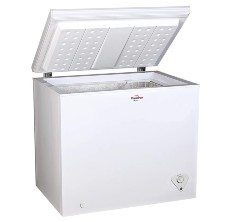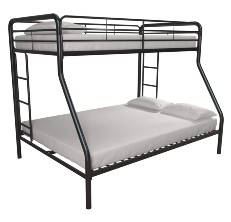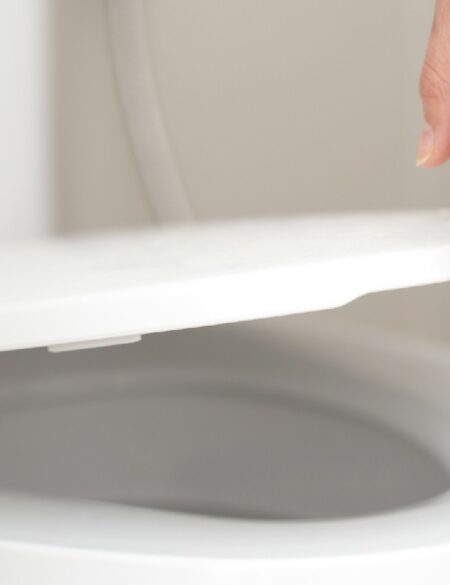This content was originally published on OldHouseOnline.com and has been republished here as part of a merger between our two businesses. All copy is presented here as it originally appeared there.

You may be wondering, when it comes to dinnerware, what is the difference between flatware and silverware? How do I know which one is right for my home? We’re here to help you answer those questions and more.
From the materials to the types of utensils included, there is a big difference between these two items. In this post, we’ll break down the difference between flatware and silverware so you can make the best decision for your home. We’ll compare the features of both materials, discuss which is better for certain tasks, and provide some recommendations for choosing the most appropriate setting for your table.
Definition of Flatware
Flatware is any type of utensil used for eating food. The most common types of flatware are knives, forks, spoons, and serving pieces. Flatware does not have to come from a specific material. Metal, plastic, wood, and bamboo are all common options. There are various types and styles of flatware, including formal, casual, and everyday flatware. In addition to the standard options, there are variations in flatware design, such as teaspoons with unique shapes at the handles or decorated with intricate carvings. They may also have different colors or patterns and are available in stainless steel, silver-plated metals, or other materials such as plastic or wood.
Definition of Silverware
Silverware is cutlery made from silver or other metals such as gold or platinum-plated steel. Silverware sets usually contain knives, forks, spoons, serving pieces like spoons and ladles, and classic items, such as butter or steak knives. Silverware is usually more expensive than flatware because it is made of precious metals and is often intricately decorated with designs such as flowers or detailed carvings.
Silverware is usually used for formal occasions like weddings or dinner parties when a full table setting is needed. A complete table setting usually includes two forks, two knives, one teaspoon, one soup spoon per person, and serving pieces such as a gravy boat or salad tongs for shared dishes among the guests. A silverware holder may be useful in a table setting to keep all the utensils organized and easy to access during meals.
Differences Between Flatware and Silverware
Let’s explore the differences between flatware and silverware. The primary distinction lies in the material. Flatware is available in various materials, including metal or plastic. Silverware is commonly available in precious metals like silver or gold or other metals like stainless steel plated with a precious metal such as gold or platinum.
In terms of usage, flatware is suitable for everyday meals, while silverware is suitable for special occasions such as weddings or formal dinners that require a complete table setting. Due to its more delicate nature, silverware requires extra care to prevent scratching and tarnishing. Foods like tomato sauce can quickly damage the surface of silver items if not promptly removed after use, so it is crucial to inform dinner guests not to soak their silver cutlery for extended periods. Periodic polishing is also necessary to maintain the shine of silver cutlery. Flatware does not require much maintenance, and you can clean it with regular soap and water or even place it in the dishwasher if it is dishwasher-safe.
Similarities Between Flatware and Silverware
Upon closer examination of the two types of cutlery, it becomes evident that they share certain similarities despite their distinctions. They come in various shapes and sizes, including teaspoons with uniquely designed handles. Both types serve the common purpose of aiding in eating. When selecting the most suitable cutlery for your requirements, consider factors such as frequency of use and maintenance instructions.
Cost Considerations
When deciding between flatware and silverware, it is critical to consider the cost factor. While high-end and expensive silver sets may offer a stylish appearance, they can also come with a hefty price tag. Regular flat utensils can be much more affordable, depending on their design details, while still delivering satisfactory quality for everyday use. Opting for flatware can help you stay within your budget without compromising on functionality and practicality.
Maintenance and Cleaning
When determining the ideal utensil for your needs, it is essential to consider the maintenance and cleaning requirements. Flat utensils are generally easier to maintain compared to their metal counterparts. You can rinse them with warm water and soap afterward or even place them in a dishwasher for convenience. Silver utensils require periodic polishing and special care to prevent damage to their surface from substances like tomato sauce. It is important to avoid soaking silver utensils in hot water. With careful handling and proper cleaning techniques, both options can maintain their optimal appearance for years.
Conclusion
Both types of cutlery share the purpose of enhancing our dining experience, but they differ in various aspects. Flat utensils are generally more affordable and easier to maintain, while metal counterparts require higher maintenance and come with a higher price tag. Metal utensils offer an elegant appearance suitable for special occasions, and many people prefer their heavier weight and timeless design over plastic alternatives. Whether you opt for an everyday set of flat utensils or a luxurious sterling silver cutlery set complemented by a beautiful silver holder, your guests at the next dinner party will appreciate your choice.







